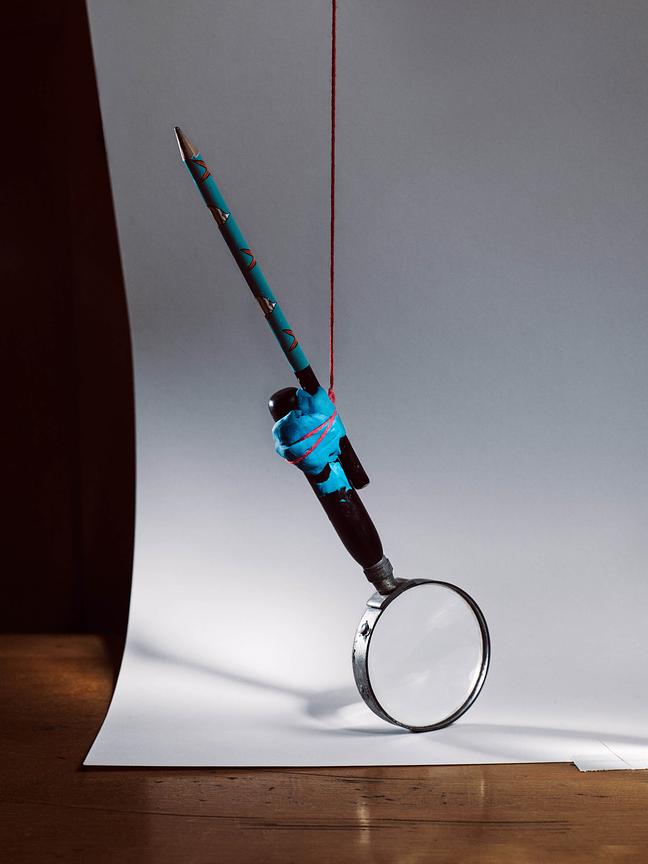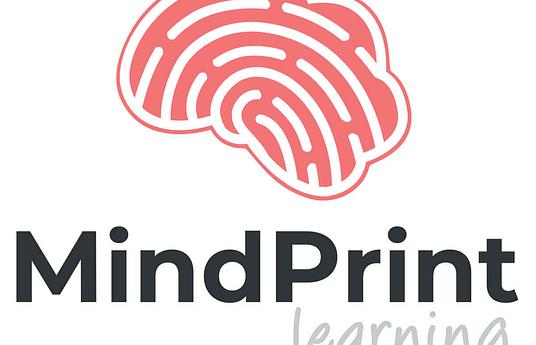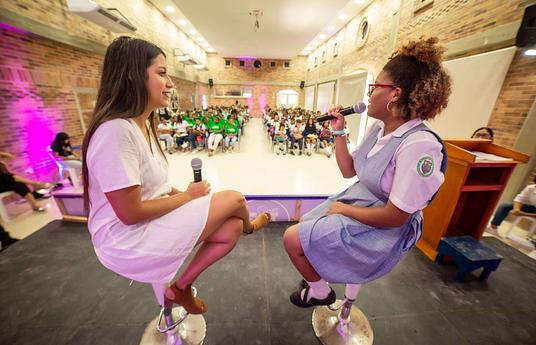Technological development makes it possible to study in locations where it has not traditionally been possible. In this model, university-level courses are introduced into the high school curriculum so that high school students can study content remotely.
In addition to distance learning and personalized learning paths, technological advances enable learning new types of content. Virtual reality (VR) enables studies that would be traditionally difficult to understand, expensive, rare or even hazerdous. Examples of these include modern physics phenomena, medical physics, and radiotherapy. For example, human anatomy can be approached inexpensively and in detail through virtual reality.
Personalized study paths have been developed in co-operation with the University of Eastern Finland and Kuopion Klassillinen lukio high school so that students can take university courses while still in high school.
There are plenty of benefits for students in creating personalized learning paths: making career choices becomes faster, choosing the right education path becomes easier and university courses completed in high school level can be transferred as course credits at a later stage.
Collaboration has been intensified especially through virtual environments. Virtual environments are well suited for increasing co-operation between high schools and universities, as it enables a more concrete experience of studying in a university environment. For example, students have filmed laboratories of the Department of Applied Physics, enabling virtual access.
The longer-term goal of co-operation is to develop models for recognition of skills and to include more opportunities for taking university courses as a part of high school studies. For example, there is an objective to develop electronic exams that could even replace university entrance examinations in the future.
The project uses the flipped learning competence of the University of Eastern Finland combined with new 360 ° virtual learning environments.



